Following on from my previous article that guided you through writing about reflexivity in your thesis, I’m back with another guide – this time about using a mixed methods methodology in doctoral research. Many students and early career researchers may feel overwhelmed at the thought of doing their own mixed methods research and don’t know where to start. This article helps to break it down into small, simple steps for those first-time mixed-method users.
What is mixed methods research?
Mixed methods research is a type of research design that uses both quantitative and qualitative methods of data collection and analysis. This differs from multimethod research, which draws on multiple research methods across the same philosophical paradigm (e.g. two different quantitative methods, or two different qualitative methods).
Different researchers follow different philosophical paradigms. Some researchers have varying perspectives on what can be considered real or true (ontology), as well as what can be known and how we can come to know things (epistemology). These views form unique philosophical paradigms. Mixed methods straddle different paradigms by drawing on research methods that would not traditionally be used together due to perceived incompatibilities (Guba & Lincoln, 1994). Those in favour of mixed methods research argue that mixed methods research enables a more rounded view of their research topic and the potential to uncover different aspects of a phenomenon by investigating it through different philosophical and methodological lenses.
Who uses mixed methods and Why?
Although social science researchers have more typically utilised mixed methods research, it has recently been gaining popularity across healthcare professions including medicine, midwifery, and nursing (Younas et al, 2019). Researchers are beginning to recognise the benefits and purpose of mixed methods research, including triangulation, complementarity, initiation, development, and expansion (Greene et al, 1989), described below.
Some researchers choose mixed methods designs to confirm the results obtained by one method by comparing them with the results of an alternative method, termed triangulation. On the other hand, researchers may use one method to enhance or clarify the findings obtained by another method, termed complementarity. Complementarity aims to overcome the limitations of one method with the strengths of another method.
There are some instances where mixed methods researchers seek to use their new insights from one method to then answer new questions, and this is referred to as initiation. Similarly, some researchers may use one method to shape their use of another method, termed development. And finally, mixed methods are often valued for their ability to expand the breadth of knowledge and understanding by pursuing different lines of enquiry concerning a particular phenomenon.
How to use mixed methods
A key part of mixed methods research is integration (bringing quantitative and qualitative strands of the study together), which can occur at various levels, including at the design-level, methods-level, and interpreting- and reporting-level. These are expanded on below.
Integration at the design-level
In terms of the initial design-level, Halcomb and Hickman (2015) describe the different ways of conducting mixed methods research. One of the key differences between mixed methods designs is whether quantitative and qualitative data are collected and analysed sequentially (one at a time), or concurrently (alongside each other). It is also important to consider whether the research aims to explain or explore a phenomenon (Onwuebuzie et al, 2010; Ivankova et al, 2006).
Explanatory designs – Quantitative data is collected and analysed first, followed by the collection and analysis of the qualitative data, which is then used to help explain the quantitative data.
Exploratory designs – Collect and analyse the qualitative data first, before moving on to quantitative data collection and analysis.
Nested design – Where a study has a primary quantitative or qualitative design, but then draws on the alternative design to answer a related sub-question of the primary research question.
My PhD research used a concurrent explanatory design. Quantitative data was collected using a survey as a way of testing the relationship between maternity care satisfaction ratings and symptoms of postnatal depression. Qualitative data was then collected by interviews, with questions relating to the participants experiences of maternity care satisfaction in which they rated during the survey.
Integration at the methods-level
Creswell and Plano Clark (2011) proposed four types of integration at the method-level:
Connecting – Data types are linked by the sample. An example is collecting survey data and interview data from the same participants.
Building – The findings from one method inform the data collection for another method. An example is shaping survey questions based on interview data.
Merging – Bringing together two datasets for analysis and comparison. An example is collecting survey data using specific scales and then asking similar types of questions qualitatively. This was used in my own PhD research where the interview questions were based around the maternity care satisfaction scale items from the survey.
Embedding – Linking data collection and analyses at multiple points in the study. An example is using the first round of qualitative data to control for bias in an initial study, and then using a second round of qualitative data to explore survey results.
Integration at the interpreting- and reporting-level
Finally, integration may also occur at the interpreting- or reporting- level of mixed methods research. There are three common approaches to this level of integration:
The narrative approach – describes the quantitative and qualitative findings, either in a single or series of reports.
The data transformation approach – This has two steps. Firstly, data is converted, for example from quantitative to qualitative, or vice versa. An example of this is converting qualitative data into a quantitative form by counting the frequency of codes. This is also known as content analysis. The second step is where converted data are then compared with the remaining data.
Joint displays – This is a way of bringing quantitative and qualitative data together in a visual format. This is often in the form of tables, figures, graphs, or matrices, which then help to organise the data and findings, eliciting new insights that would not have been concluded with a single method or design alone.
Rigor in Mixed Methods Research
One of the crucial parts of reporting mixed methods research, particularly for the purpose of a PhD thesis, is to demonstrate rigor. This was a part of the thesis that was discussed during my viva voce as the examiners wanted to assess how rigorous my research was. This is also something that should be demonstrated when seeking publication in academic journals, so that readers can understand the reasoning behind the decisions that were made and the conclusions that were reached.
Frameworks are available to guide this process, including the Good Reporting of a Mixed Methods Study (GRAMMS) Framework (O’Cathain et al., 2008). There are six key things to consider when reporting mixed methods rigor:
1. A clear justification for the use of a mixed methods research design (i.e. triangulation, complementarity, initiation, development, and expansion).
2. Design transparency.
3. Methodological transparency.
4. The process and levels of data integration (i.e. design- level, method-level, or interpreting- and reporting- level).
5. Transparency of limitations of the study.
6. Overall insights that would not have been obtained with a single method study.
Considerations for your PhD proposal
Bearing in mind the above information about mixed methods studies, conisder the following in your PhD research proposal:
– Consider the existing data available on the topic/phenomena.
– Consider the methodological limitations of the existing evidence.
– Think about the most appropriate way to answer your research questions.
– Think about the types of insights that mixed methods research would obtain, compared to a single method alone.
By considering each of the above, you will firstly determine whether a mixed methods study is the most appropriate, and secondly make a strong case for this in your proposal.
Concluding remarks
Before proposing a mixed methods study, it is important that you identify the benefits of doing so.
The conclusions drawn from my mixed methods PhD research would not have been fully understood without both quantitative and qualitative data. The survey data alone only demonstrated that women with higher levels of maternity care satisfaction experienced fewer symptoms of postnatal depression, but without the qualitative interview data, this would not have provided any insights into the actual experiences and perceptions of care satisfaction. Similarly, the qualitative data alone would not describe the potential implications of low care satisfaction (more symptoms of postnatal depression). The starting point for any mixed methods research is to ensure that new understandings can be gathered that would not be possible with a single-method study.







